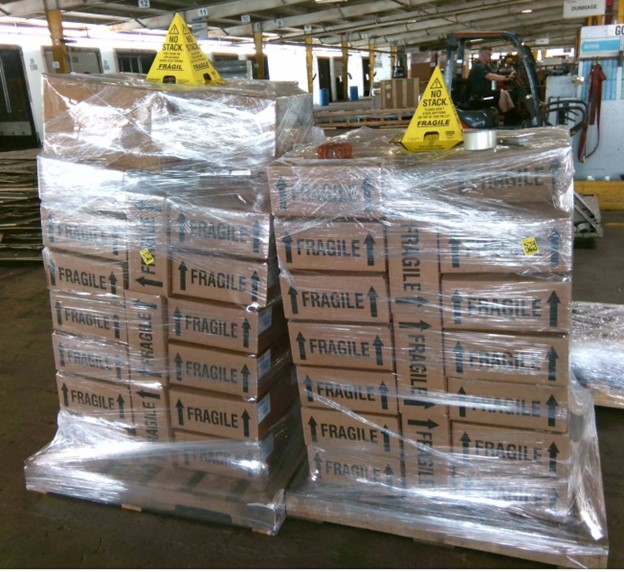-
23
May
Part 5 of 22 Ways To Reduce LTL Costs That Don’t Involve A Price Reduction: Reduce Carrier Space

- Reduce Carrier Space
Space, the final frontier.
For LTL carriers, space represents a frontier of heightened understanding in regards to the amount of space each shipment takes up. Space, directly and indirectly, accounts for upwards of 50% of LTL carrier cost, maybe more for shipments with a long length of haul.
LTL carriers have become highly proficient in ensuring they make a profit on your shipments. They have invested millions of dollars in equipment and manpower in order to know how much space your freight takes up in their trailers and on their docks. And they have stepped up their game in terms of ensuring the price you pay accounts for the space your freight requires.
To properly manage your LTL freight expenses, you must have visibility, transparency, and high-quality data. You must know your freight better than your carriers do. You must know what to expect in terms of freight charges, and verify what you expect is what you get.
So what can you as a shipper do to reduce the amount of space required to handle your business? Here is a list of some of those things:
- Capture accurate dimensions and weights on each shipment tendered to your carriers
- Know which shipments are being reclassified or reweighed by your carriers, or have rules such as mixed commodity or density minimum charge or over-length being applied
- Reduce or eliminate the situations where these carrier rules are applied
- Document the condition of tendered shipments with photos to encourage proper building of pallets
- Eliminate the use of Do Not Stack cones as these needlessly increase pallet height without providing any real benefits.
- Eliminate pyramiding pallets, intentionally or unintentionally; work to ensure flat surfaces on the top of pallets to reduce space.
- Refrain from using corner protectors that protrude above the top of the freight.
- Provide quantity discounts or hold orders for repetitive customers to build up shipment size; the smaller the order, the lower the density
- Cut standard 40×48 pallets in half for 24×40 pallets that can be used for smaller orders
- Refrain from tendering shipments that take up less than 65% of the surface area of a pallet, or less than 65% of the interior of a crate as carriers can reclassify such shipments based upon density
- Review how your products are packaged and reduce any legacy bulky packaging that is not providing value such as cargo protection
- Engage a packaging engineer to help optimize packaging to ensure damage-free deliveries with as small a package as possible; some LTL carriers have engineers that can help
- Tightly wrap pallets with stretchwrap to prevent carton shift that can increase the size of your pallets; carriers will catch this with their automated dimensioners
- Reduce over-packing; use as small a pallet as possible, with no product overhang, as this is particularly important for long articles
The most common commodity transported by LTL carriers today is air. The space inside your cartons and crates. The space around the maximum length, width, and height of your pallet. And even the space beyond your pallet that is either not being utilized or cannot be used due to your packaging. Help your carriers reduce the amount of air, or empty space, they are hauling, and they will over time reward you for it.
- (479) 461-1672
- Contact Us
